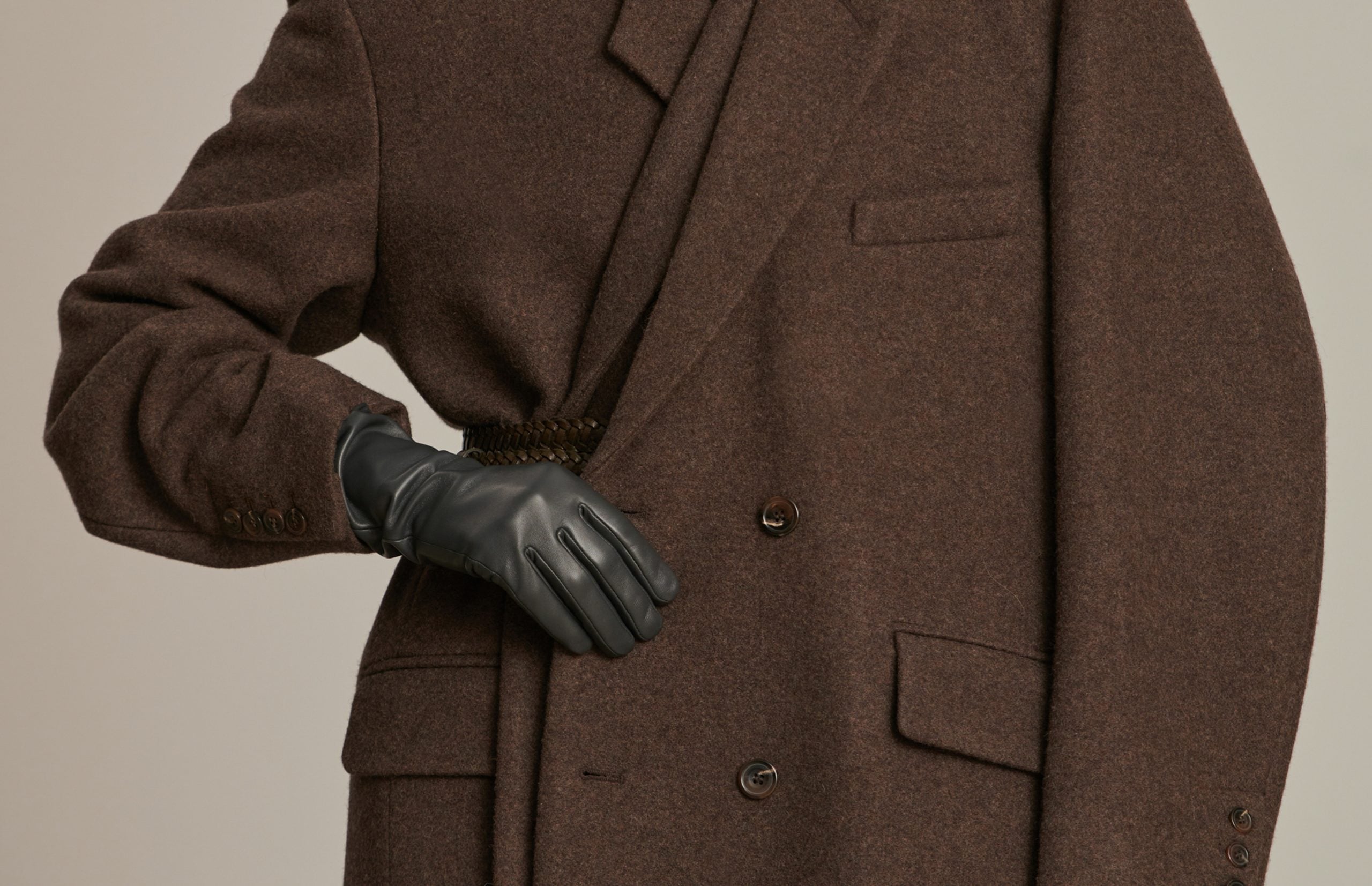
From Underneath to Clothing: How the Corset Reinvents Itself?
This publication is also available in: Français
English (UK)
Deutsch
Italiano
Español
Long seen as a symbol of oppression, the corset is making a comeback, and in a new light. We explain how this vintage undergarment has become a weapon of power.
Corset, a look back at this sculpting lingerie
Initially worn by dandies and soldiers to give themselves a charismatic and respected appearance, the corset quickly found its way under women’s skirts. It is true that throughout the ages, this lingerie has continually been the subject of controversies. Historians are divided, some see it as a straitjacket of societal sexism, while others see it as an accessory of femininity.
Nonetheless, wearing the corset aimed to sculpt and shape the body to meet the aesthetic criteria of the time. Thus, during the Renaissance, where the corset has its roots, the organs and ribs of women were compressed under this rigid structure made of whalebone, mother-of-pearl, or steel. The idea was to maintain the body, thus offering a curve and an upright, elegant look. In reality, the corset flattened shapes and breasts, and any sign of opulence was deliberately hidden.
Over the ages, this undergarment has continuously mutated, further shaping human physiology. Variants are numerous, from the long corset falling over the hips to the shorter, more fitted basque, the corset in its form represents its time.
When the undergarment takes the lead
From the 1990s onward, two great fashion geniuses breathed new life into this rigid shell. At the same time, they reaffirmed the position of women. This stroke of genius or sewing marked a turning point in the history of the corset. From an identity-befuddling undergarment and a sign of confinement to an ostentatious piece representative of the emancipated woman, the corset became a weapon of power for those who wore it.
It is thanks in particular to the convictions and avant-garde spirit of these two creators that this renaissance took place. In 1990, Vivienne Westwood presented her autumn/winter 1900-1991 collection. The centerpiece? A corset with a baroque print inspired by one of François Boucher’s paintings, “The Sleepy Shepherdess.” By printing this oil painting onto this series of corsets, the British designer liberated sexuality and brilliantly twisted the codes of eroticism and history.
Another interpretation, Jean Paul Gaultier also reinvents the corset in a universe that is uniquely his own, chic exuberance. Thus, the “ cone corset ” becomes emblematic. Beyond the pronounced lines and geometric shapes, this turbulent lingerie becomes primarily the expression of the strong, liberated, and sexual woman.
From then on, the corset becomes a couture garment that is worn on the outside rather than underneath. It is proudly displayed and no longer hidden. With rounded and conical lines, a play of textures and materials, everything is designed to embrace the curves of the woman, allowing for the enhancement of the bust and the shape of the derrière. As a truly daring piece, the corset shakes up conventions and finally affirms the sexuality of women.
Corset, the fashion garment of modern times
With perpetual evolutions, the image of this iconic garment has been transformed. The corset has indeed transitioned from a nearly torturous accessory to a haute couture piece characteristic of the emancipated woman. Thus, famous fashion houses like Louis Vuitton, Etro, Burberry or Dolce & Gabbana are bringing this famous epic piece back into fashion.
Today, the corset is presented as a belt that emphasizes the waist or as an elegant bustier worn against the skin under a fitted jacket. In a true reinvention, it is showcased on runways as an outer garment rather than an undergarment. However, in a more sensual and intimate register, it is still possible to indulge in the corset as an undergarment.

On Instagram, influencers are flaunting the corset with a flurry of likes. Indeed, this garment is seeing its popularity soar. Baroque and a bit casual, these fashionistas are not hesitant to make it their own to mark their difference. The contrast of this heritage with the hourglass figure is captivating. It remains to be seen how far this emblematic piece will be reinvented.
Modalova, a new perspective on fashion.



